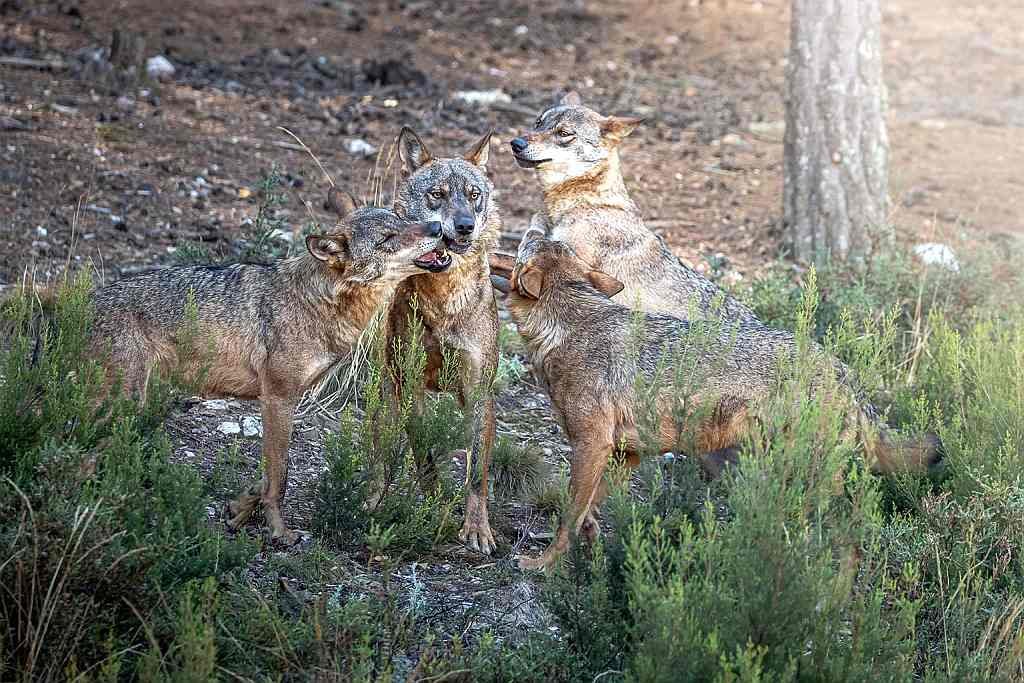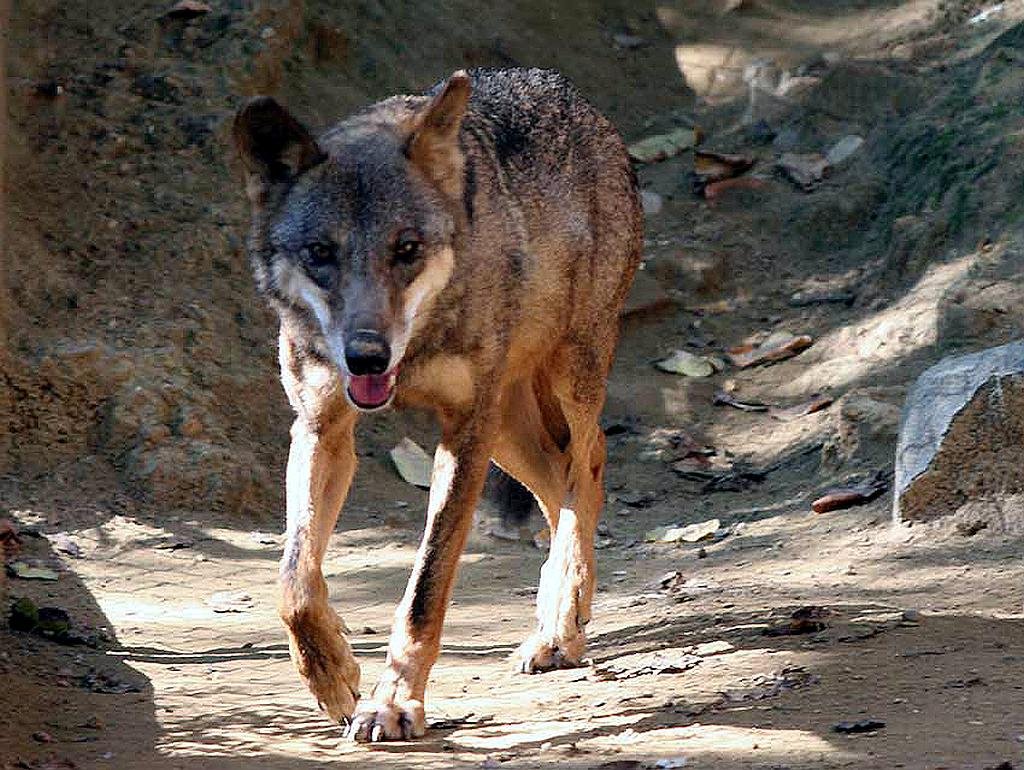The management of Iberian wolf (Canis lupus signatus) populations in Spain has always been a subject of ongoing debate, balancing conservation efforts with the interests of livestock farmers. Recent legislative changes have further complicated this issue, particularly concerning hunting regulations north and south of the Duero River.
Read more about the Iberian wolf here.
Historical Context of Wolf Hunting in Spain
Historically, the Iberian wolf has faced significant persecution, leading to its eradication in several regions. By the mid-20th century, bounties were placed on wolves, drastically reducing their numbers. However, small populations survived, primarily in northwestern Spain and northern Portugal.

I’ve been living in this lovely area of Western Andalucia for the last 20 years or so and dedicate most of my time to the running of English language tourist information websites for the towns of Cádiz, Ronda, Grazalema, the famous or infamous Caminito del Rey, and also Wildside Holidays, which promotes sustainable and eco-friendly businesses running wildlife and walking holidays in Spain. My articles contain affiliate links that will help you reserve a hotel, bus, train or activity in the area. You don’t pay more, but by using them you do support this website. Thankyou!


